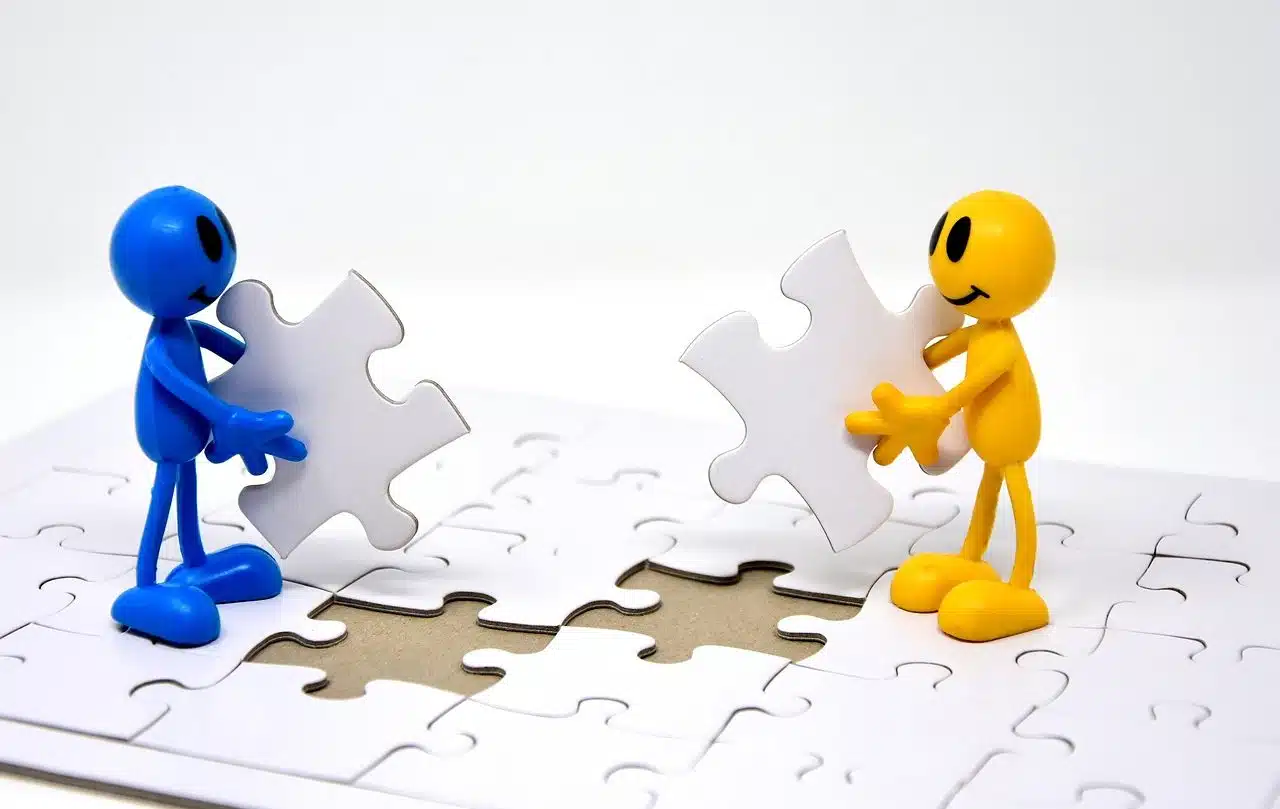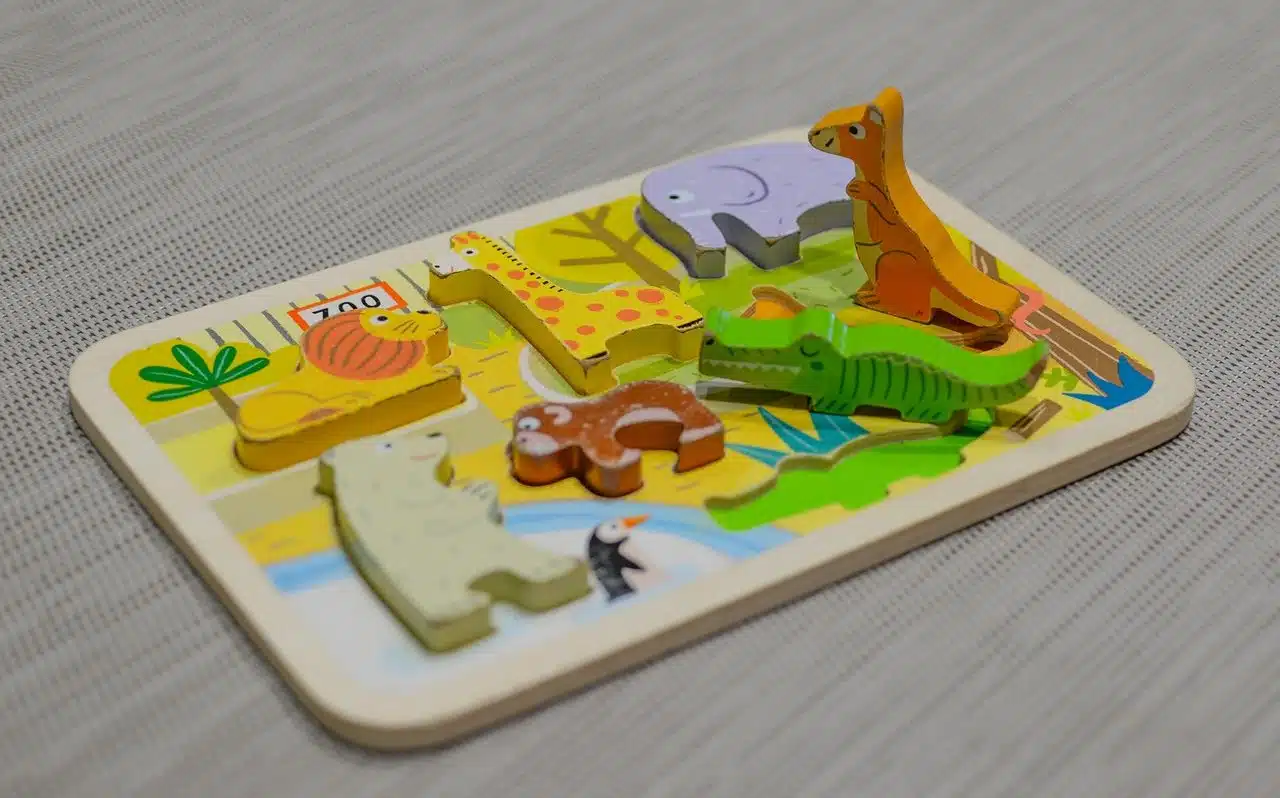
Puzzles offer fun for all ages, promoting relaxation during the creation process, knowledge, imagination and satisfaction with each solved design.
Puzzles are hobbies that have captivated people of all ages since ancient times since, in addition to entertainment , they offer the possibility of making the cognitive part work, awakening curiosity and stimulating creativity .
This type of board game requires concentration and skill to put together a design that is divided into pieces that must be joined correctly. The variety of puzzles is enormous and poses different challenges designed for different age ranges, which is why each individual has the chance to find the puzzle that best suits personal preferences or needs.
Puzzle classes
To date, numerous types of puzzles have been developed that differ from each other by materials, formats, sizes and type of challenge posed, to name a few variables.
With technology, the possibility also arose of complementing physical games by generating online puzzles , for example. Likewise, 3D puzzles have been surprising many older people due to the evolution of these recreational products that can even now be obtained in 4D or more.
For the satisfaction of all generations, just as there are puzzles for adults, there are also puzzles for children . Adolescents and young people may find stimulating, to point out popular alternatives, to Rubik's puzzles and Tetris puzzles .
There are, in all cases, different levels of difficulty . As a child acquires skills , his interest in solving these types of challenges increases and his deductive capacity to locate the card, figure or sequence that corresponds to each situation increases.
From the simplest and safest didactic and educational puzzles for the little ones (for example, puzzles made of EVA foam , plastic or cardboard for babies are made), we move on to creations of greater complexity. During kindergarten, it is common for most boys and girls to enjoy block puzzles and animal puzzles that include few pieces or are designed based on inserts. Little by little, growth and maturity will lead more than one to have fun with domino puzzles .
When the language is well mastered and the approach to numerical figures, vowels and consonants begins, it is advisable to introduce children to letter and word puzzles, as well as number and cryptogram puzzles.

Solving a puzzle requires concentration, patience, logic and the power of deduction.
If throughout your life you want to maintain the habit of solving puzzles , then you will choose and alternate between art puzzles , riddles , riddles , origami and Sudoku , to offer a range of options.
As we list proposals for each stage of life, we cannot fail to highlight that crossword puzzles and anagram puzzles are very beneficial for older adults since they help them exercise their memory and stay active.
Elements and characteristics of the puzzles
When identifying the elements and characteristics of puzzles , it is common to mention the pieces first. These units can range from a minimum quantity (for reference purposes, silhouette puzzles of between two and four pieces are sold for children) to a challenging total (there are people who invest time and patience in assembling puzzles of 5,000 pieces). pieces that, once finished, are exhibited or displayed in the home like paintings).
The categorization also takes into account both the design and the image and the format. For decorative purposes, it is customary to prioritize landscape puzzles and city puzzles, for example. They range from traditional puzzles with a square or rectangular appearance to puzzles with a circular structure and games to assemble with vertical orientation.
The degree of difficulty posed is another factor evaluated as a classification criterion. This is very valuable indicative data to segment age ranges and know what type of audience each product is suitable for.
Finally, it is worth focusing on the resolution modalities. In this framework, it is useful to know that there are puzzles that are solved by implementing a grouping system and others that follow a sequence, without leaving out the logic puzzles (which invite you to think to overcome the challenge ).

With babies and young children in mind, colorful puzzles are made of wood, EVA foam and plastic, among other materials.
Benefits of puzzles
Putting together puzzles generates numerous benefits . Broadly speaking, it offers entertainment combined with learning and encourages people to look for tools and tactics that allow them to solve the challenge.
Although they may well be part of an activity carried out alone, when the hobby is shared it becomes a game that requires cooperation , a joint effort , to complete it and have a good time in the company of friends or family.
For physical and mental well-being they are also recommended. It is proven that puzzles are ideal for cognitive stimulation , they help improve hand-eye coordination and promote the development of concentration and patience . That is why they are taken into account and implemented in the educational field , as well as generating excellent therapeutic results in occupational therapy .
